
Regenerative agriculture, or any agriculture for that matter, starts with the soil. Soil is at the core of everything we do as farmers. It supports the pastures and crops we grow to feed our livestock and our communities.
But it’s not of any value to farmers or even the ecosystem we farm in if it’s not healthy. Soil isn’t just soil. It’s a living organism, that if cared for correctly, will in turn help feed our farm’s crops and livestock, and the rest of the natural environment around us.
Farming practices to preserve soils have been around for a long time. ,The original name of the department for NRCS (Natural Resources Conservation Services) was the Soil Conservation Services, originally created in the 1930s to prevent soil erosion. One of the first practices the department promoted with farmers was cover crops.
Today as agriculture has become more specialized, it’s become more apparent that soil health is just as important. It’s not just about preventing soil loss, but it’s also about preserving the biological environment underground – the soil microorganisms that help feed the plant life above ground – our pastures, crops, and nature. And, through the natural cycle, feed our livestock and us as people.
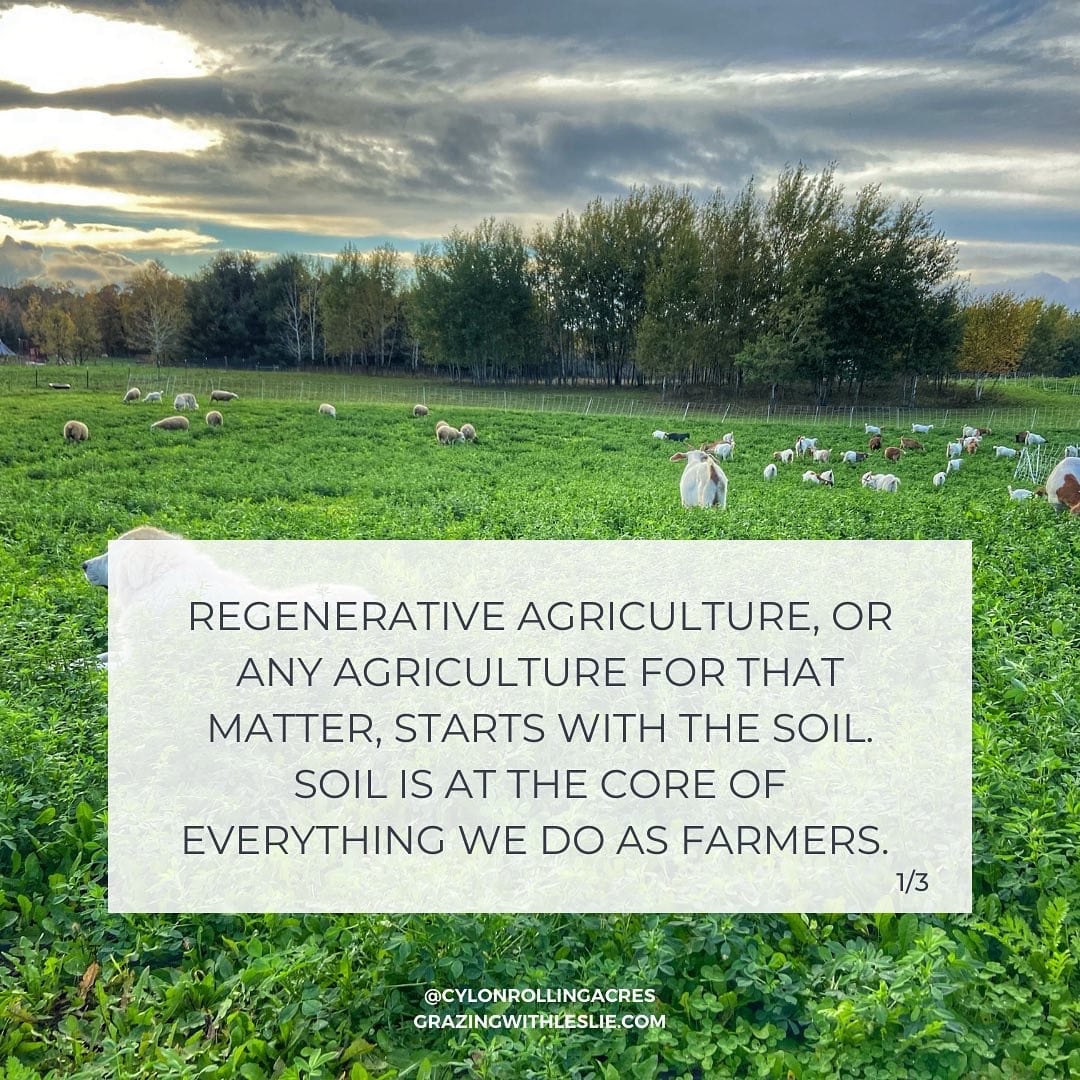
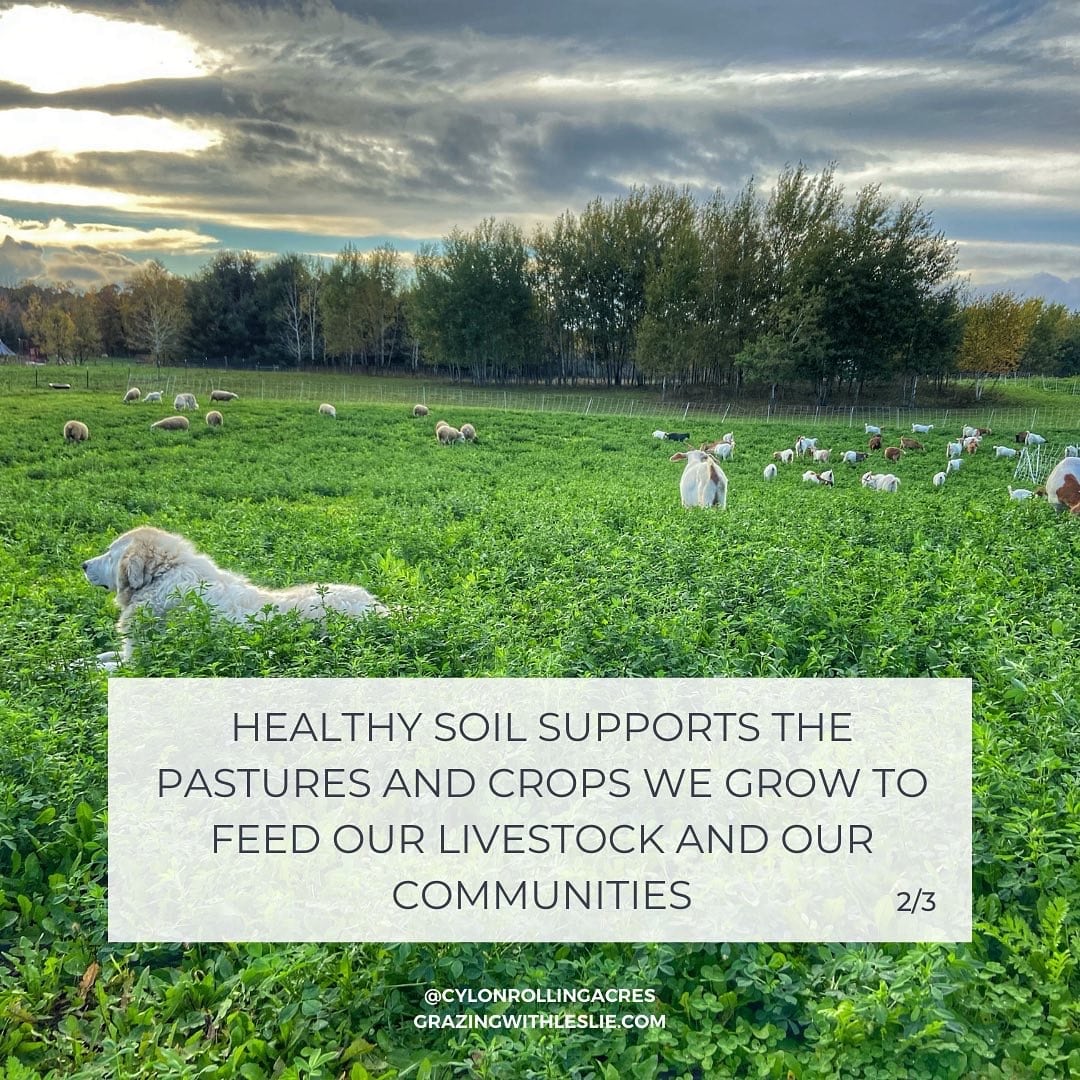
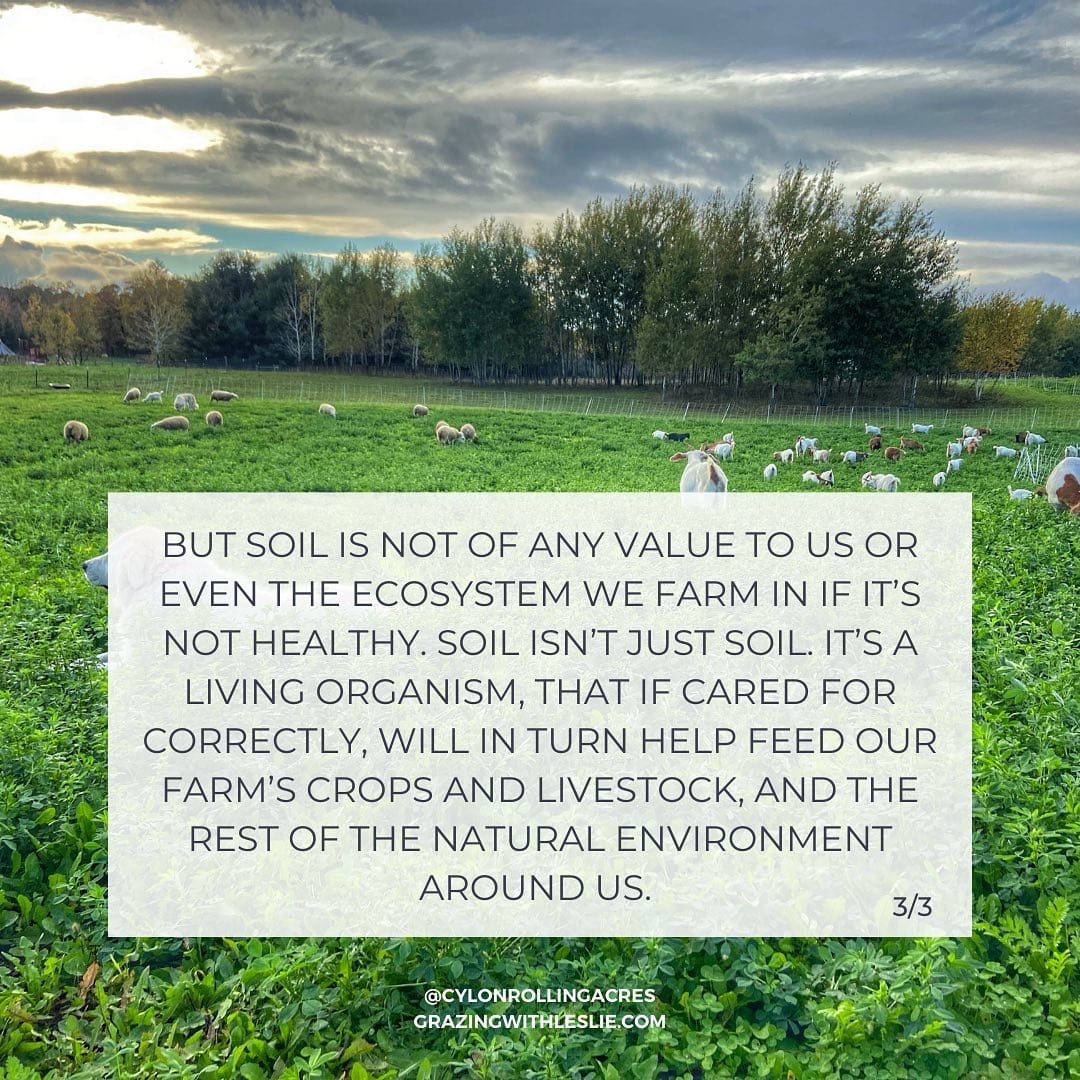
How Soil Works
First let’s cover the basics of soil. Soil is comprised of:
- Air
- Water
- Decayed plant residue
- Organic matter, both living and dead organisms
- Minerals, such as sand, silt, clay (NRCS, Basics and Benefits)
Healthy soil typically has more organic matter and is porous, allowing air and water to move through, without any soil loss. This allows for the right environment for soil organisms to live and support growing plants, such as pasture or crops. (NRCS, Basics and Benefits).
The Concept of Soil Health
NRCS defines soil health as the ability of soil to function as a living ecosystem, which sustains plants, animals, and people. This is a shift in mindset in how soil has been thought of in the past, more of just a growing medium at face value. But soil is much more complex. It is home to bacteria, fungi, and other organisms to create a symbiotic ecosystem underground.
How to Improve Soil Health
There are many ways to work with the ecosystem on our farms for the benefit of the soil, plants, and animals by using different conservation and farming practices (or also called regenerative farming practices), such as how nutrients are applied, buffer strips to help filter the water, or building organic matter through no-till or grazing to retain water for dry periods. These are just a few examples of the tools farmers are using to protect the health of their soil, all with the goal of providing the right environment underground to allow for soil microorganisms to flourish and keep the ecosystem around our farms working.
Principles of Soil Health
While NRCS has four principles of soil health, the Soil Health Academy has broken this down further into six principles. I like this latter approach, as it makes it personal to the farmer, the keeper of the land, and specifically states livestock are components of healthy soils.
The six principles of healthy soils include
- Know your context: It starts with us as individuals reflecting on our past experiences and practices with managing the soil, and where we are headed. Everyone is at a different place and managing different resource needs. Certain tools may not be accessible to start with, such as a no-till drill, or it could take time to phase out of using certain chemicals. Use the resources that are available, try new approaches, give them time, observe, and keep looking for ways to improve. Soil health, conservation and regenerative agriculture practices are a long game.
- Do not disturb: Following nature as a model, there’s no tillage or chemical disturbance of the soil. This helps keep a healthy, living environment for the microorganisms underground to exist and do their job. Disturbances can happen with tillage or compaction, when fertilizers and pesticides are over applied or misused, livestock are overgrazed, and even monocultures, which can cause too much stress on the soil and lead to imbalances in the soil’s ecosystem.
- Cover and build surface armor: This helps protect the soil from any loss from wind and rain and is accomplished through living or dead plant matter: growing crops, cover crops, or pasture/grasslands; and leaving behind plant residue “trash” to act as mulch.
- Mix it up: Following the lead of nature, incorporate diversity of plants, microbes, insects, wildlife, and livestock. Diversity above ground, leads to diversity underground with soil microorganisms. This will eventually foster benefits such as breaking disease cycles, stimulating plant growth, and providing habitat for pollinators, wildlife, and other beneficial predators (NRCS).
- Keep living roots in the soil as long as possible. Roots feed soil microorganisms, which then feed the plants. This can be done through different practices, such as crop rotations, using cover crops, and native or pasture grasslands. Roots also help maintain the soil structure.
- Grow healthy animals and soil together. Grazing has been an important component of all soils, dating back to the early days of our country with grazing bison and other wildlife.
Principles two and three focus on protecting the soil, working to keep or increase soil aggregates and organic matter, as well as protecting the top surface of the soil, which is the most fragile and at risk to loss from wind and water. Organic matter helps with water infiltration and retention, retaining and releasing nutrients, and serving as a habitat for microorganisms living in the soil. (NRCS)
The last three principles are focused on feeding the soil’s microorganisms. Overtime, soil will maintain its organic matter, and even continue to build the amount of it, which helps enhance nutrient cycling, plant growth with both forages and crops, and even storing carbon (NRCS).

A big picture look at soil health
Working to maintain and build soil takes time, as do the practices and approaches that help work toward this goal. Know that even small steps are part of the process of working towards the big picture.
My personal advice is don’t get hung up on doing it all right at once. Do what you can. Sometimes you need to use different tools to get to the bigger picture down the road, such as using a little bit of tillage to get a pasture established, as an example. But, maybe it’s light tillage, vs extensive tillage. That way there isn’t all or nothing. Be easy on yourself in the process.

Resources:
Soil Health Principles Presentation, Ray Archuleta, SARE Outreach YouTube Video: https://www.youtube.com/watch?v=9uMPuF5oCPA
From Dirt to Soil by Gabe Brown – Great real life examples of how one farmer transitioned to new farming practices to save his farm and soil
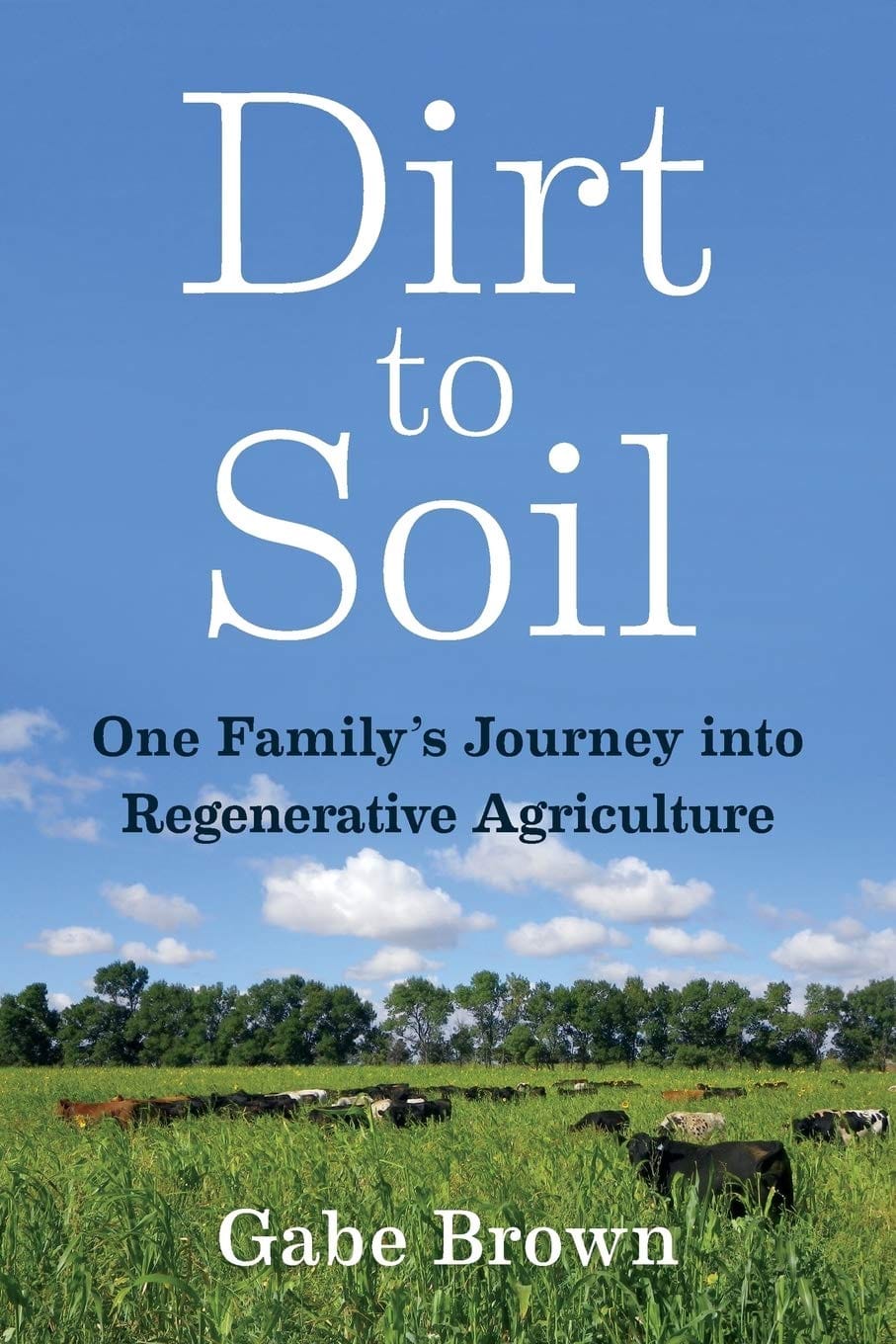
References:
NRCS. Honoring 86 years of NRCS – A brief history. Accessed at https://www.nrcs.usda.gov/wps/portal/nrcs/detail/national/about/history/?cid=nrcs143_021392
NRCS. Conserving the Plains. The Soil Conservation Service in the Great Plains. Accessed at https://www.nrcs.usda.gov/wps/portal/nrcs/detail/national/about/history/?cid=nrcs143_021395
NRCS. Unlock the Secrets in the Soil: Basics & benefits. Accessed from https://www.nrcs.usda.gov/wps/portal/nrcs/detailfull/national/soils/health/?cid=stelprdb1049236
NRCS. Unlock the Secrets in the Soil: Principles for High Functioning Soils. Accessed https://www.nrcs.usda.gov/wps/portal/nrcs/detailfull/national/soils/health/?cid=stelprdb1049236
Soil Health Academy. Six Principles of Soil Health. Accessed at https://soilhealthacademy.org/fact-sheets/
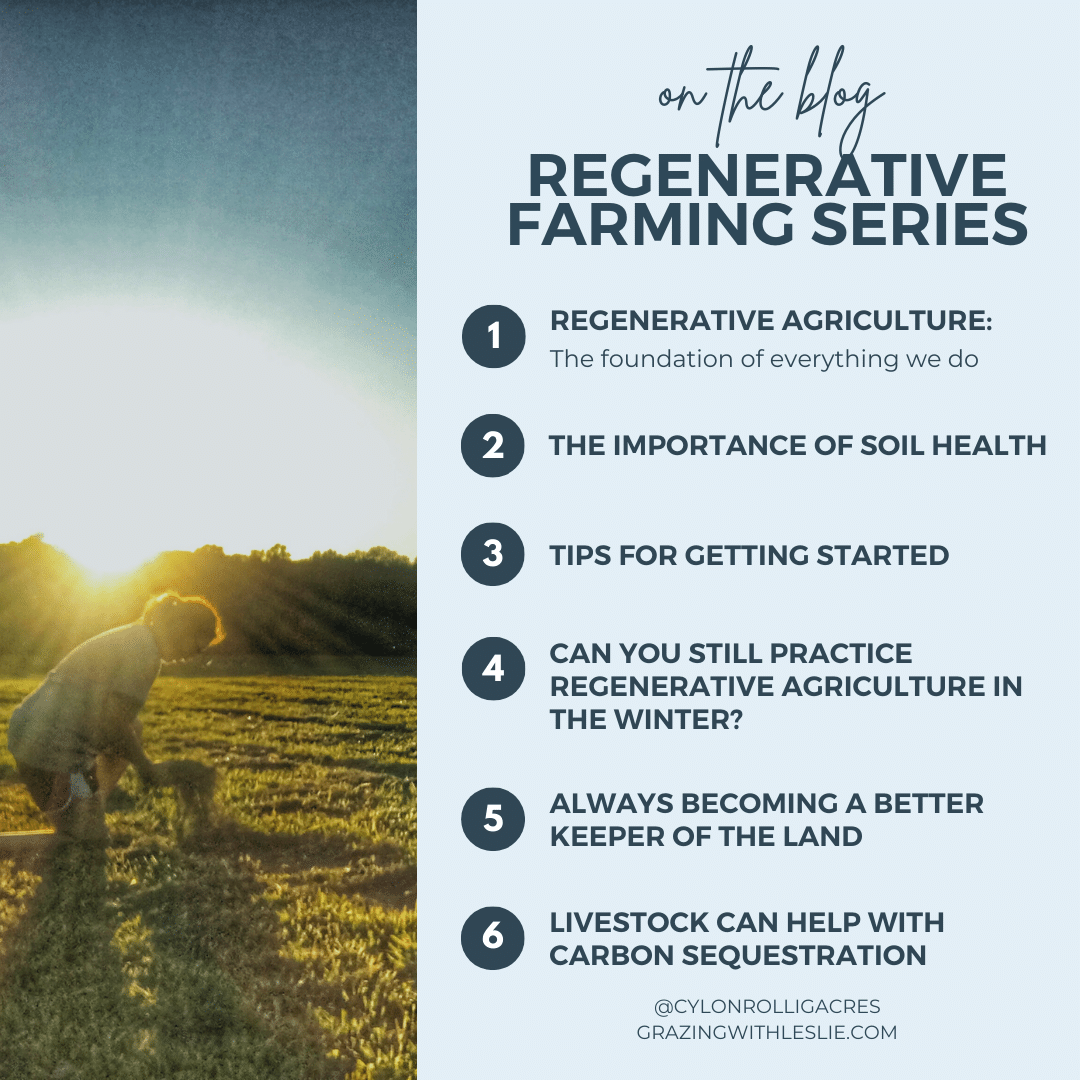
[…] The importance of soil health […]